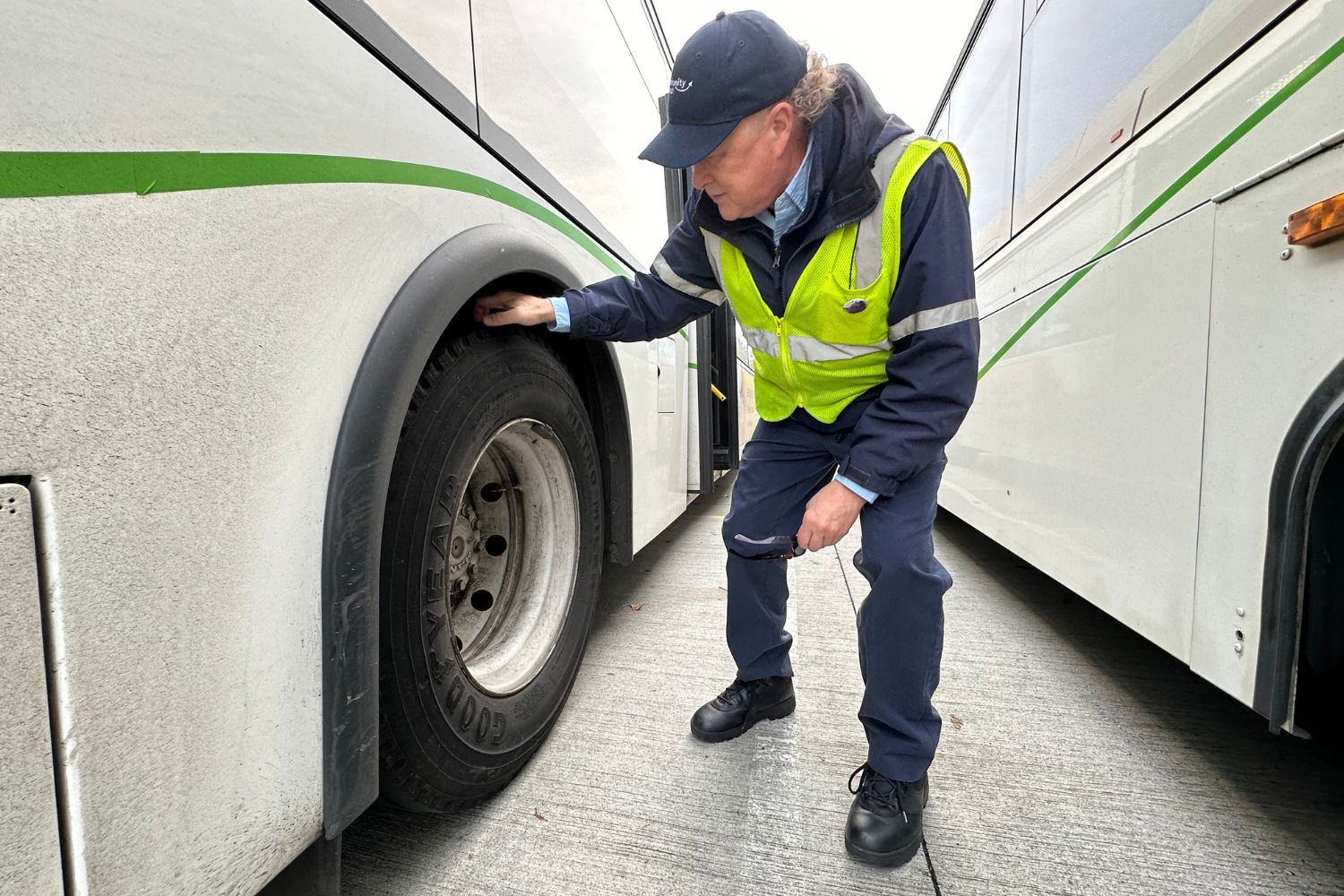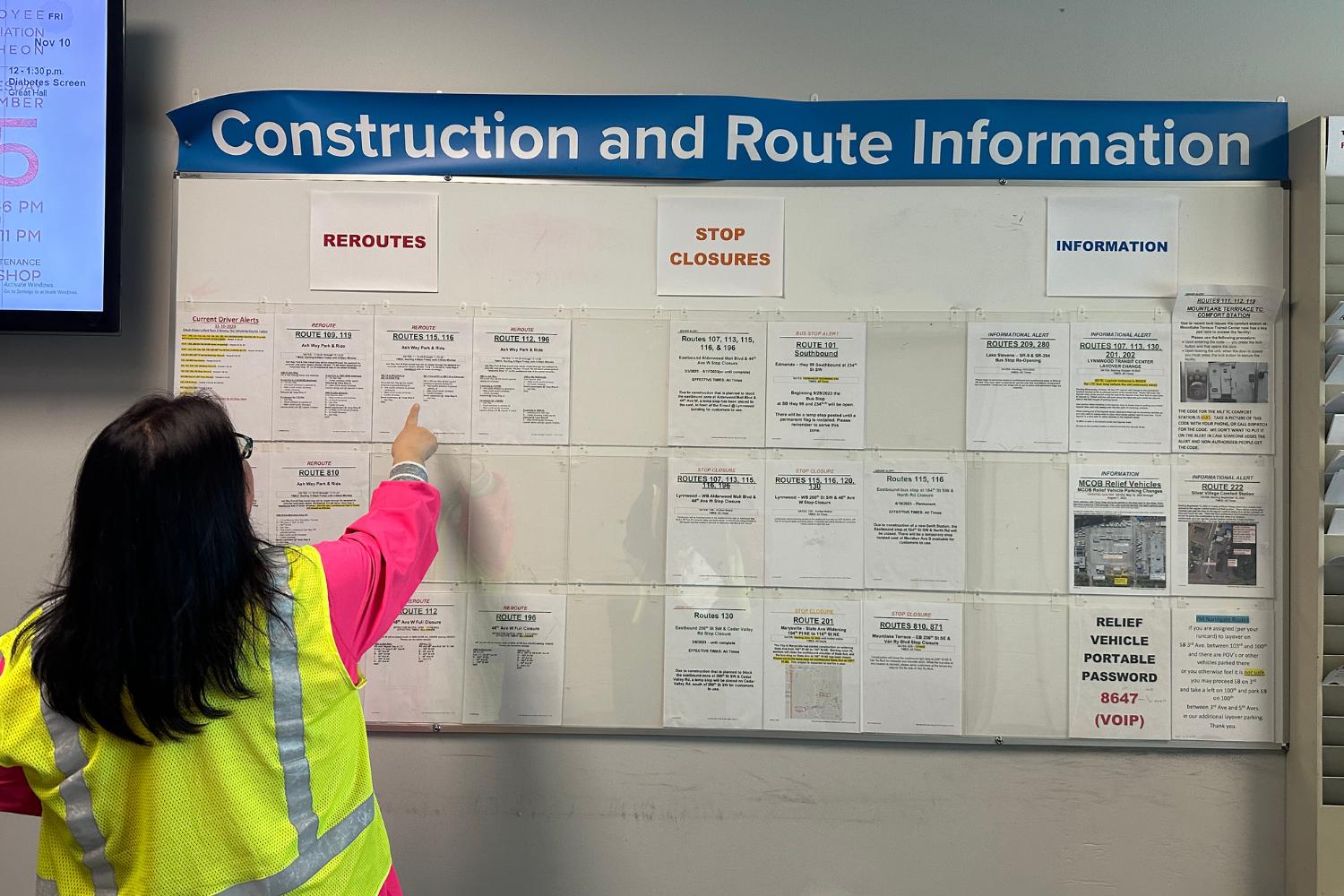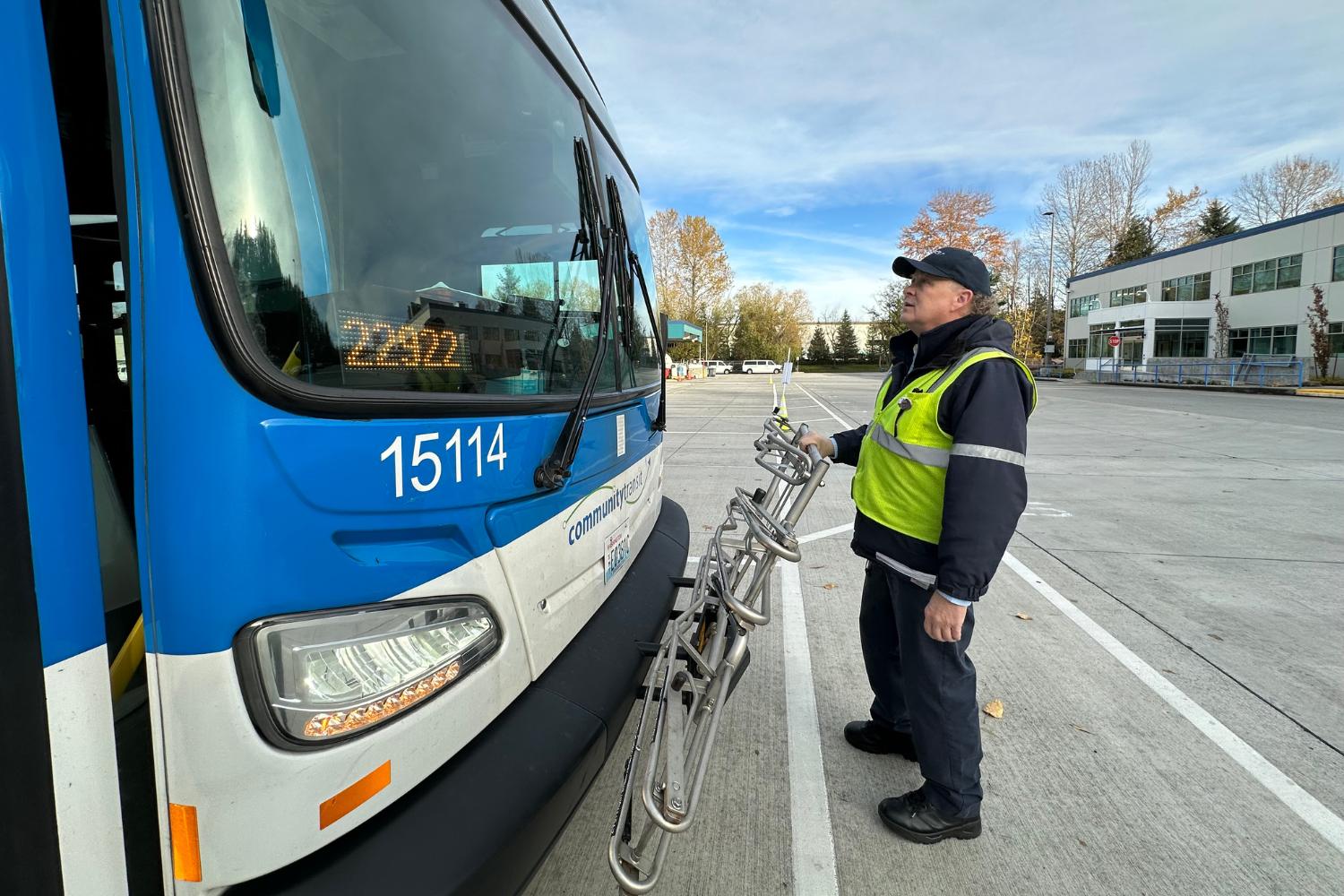Getting around Sultan with Community Transit

Community Transit is here to get you where you want to go. We are proud to be a part of the Sultan community — we live here, ride here, and drive here. Wherever you need to go in Sultan, feel good about how you get there.
About Sultan
Sultan is one of the smallest cities in Snohomish County with an estimated population of 5,388. It is located 23 miles east of Everett at the junction of the Skykomish River and the Sultan River. In recent years, Sultan has grown as workers commuting to Everett, Seattle, and Bellevue have made it home. People traveling to and from two Community Transit routes that serve the area. Other options include DART paratransit service and Vanpool.
Popular Destinations
Cookie Policy
This website uses cookies to ensure you get the best experience on our website. Learn more




